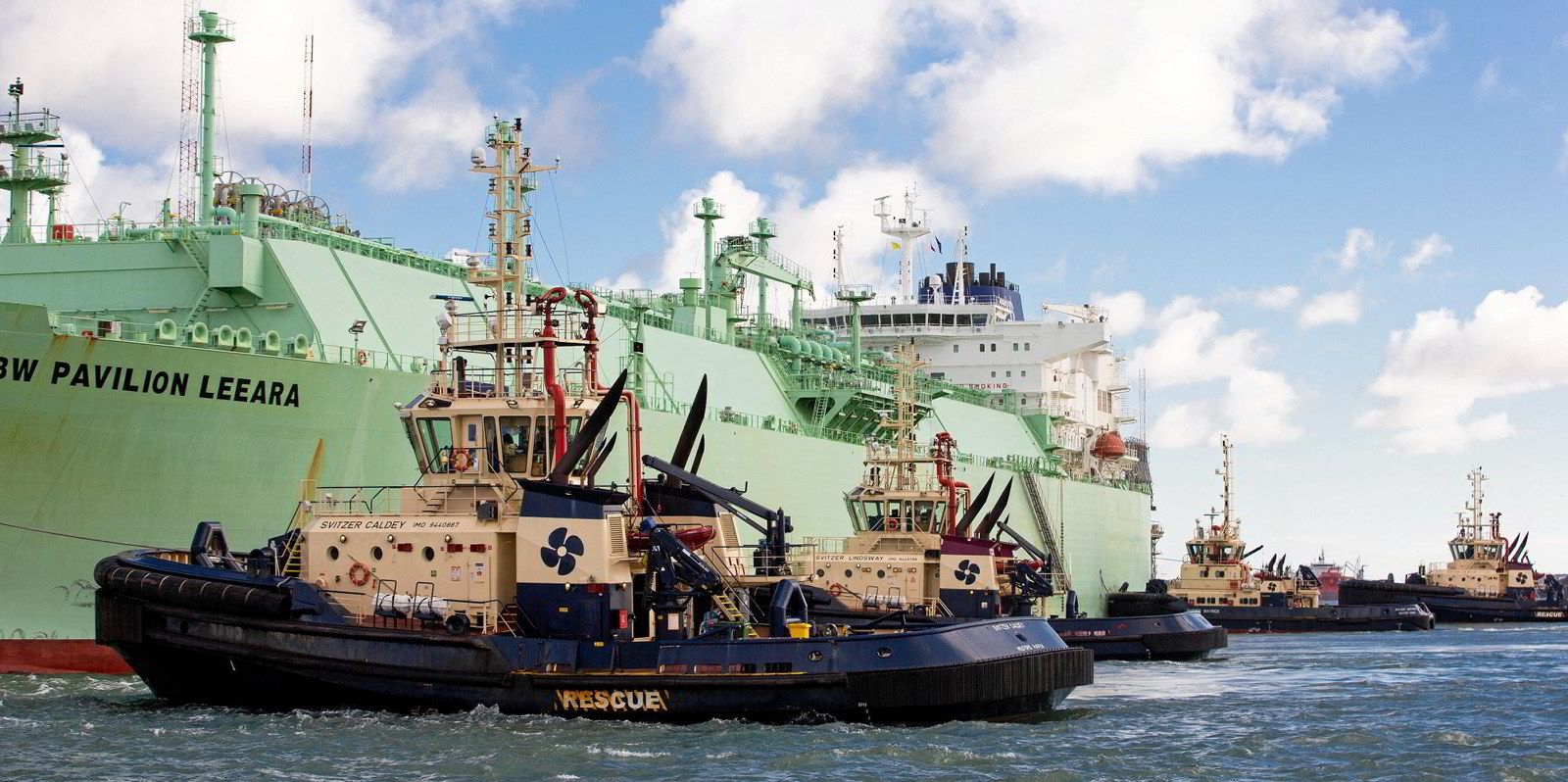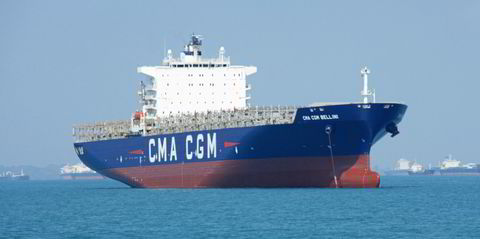The Port of Milford Haven, the UK’s largest energy port, has reported a surge in full-year profit for 2022 thanks to the shift in global energy trades caused by Russia’s invasion of Ukraine.
Profit before interest more than doubled to £3.3m ($4.1m) at the Welsh port, while sales jumped 59% year-on-year to £39.4m.
Milford Haven’s core business, the port authority, brought much of the increased bottom line with cargo entering the port up 28% to 38.9m tonnes.
The port saw a 16% increase in traffic to a total of 1,957 ships, while South Hook LNG and Dragon LNG terminals are said to have had their busiest year on record.
“This year demonstrated the extent to which global events influence port traffic volumes, demand for our service, and ultimately, the economic vibrancy of the Milford Haven Waterway,” said the port’s chief executive Andy Jones.
“The associated gross tonnage moving in the port in 2022 was 63.6m, an increase of 26% on 2021.
“The strategic importance of this waterway, the UK’s western energy gateway, cannot be underestimated, and I am very proud of our port authority staff who responded magnificently to the unprecedented increase in service demand,” he added.
The Port of Milford Haven is the UK’s top energy port handling around 20% of Britain’s seaborne trade in oil and gas and has been dubbed “the energy capital of the UK”.
It also owns and operates Pembroke Port and Milford Dock whose activities cover cargo handling, ferry operations and cruise calls.

The Port of Milford Haven is a trust port — an independent, commercially run organisation that has statutory responsibilities governed by its acts, to maintain and improve navigation and the provision of port and harbour services and facilities.
The port has committed to making substantial investments over the next five years to support and grow the clean energy cluster around the Haven.
The port’s vision is for it to play a vital national role in driving new green growth in hydrogen, floating offshore wind, wave, and tidal energy generation.
Late last year the port started work on redeveloping areas within Pembroke Port as part of the £60m ($80m) Pembroke Dock Marine project.
The redevelopment aims to create a “world-class energy and engineering centre of excellence” and act as a focal point for capturing the economic value from wind, wave and tidal renewable energy projects.
The Pembroke Dock Marine project is part of the £1.3bn Swansea Bay City Deal, a once-in-a-generation opportunity to regenerate the area by creating the facilities and infrastructure needed to support the growing marine renewables industry.
In November last year, the port joined Pembrokeshire County Council, ABP Port Talbot and Neath Port Talbot Council to make the case to the UK and Welsh Governments for the creation of a Celtic Freeport, which it estimates will support 16,000 jobs and generate up to £5.5bn of investment.
In March 2023, the port said it had been shortlisted for freeport status in a move it described as “exceptionally welcome and moves the region one step closer to unlocking the full opportunity”.






